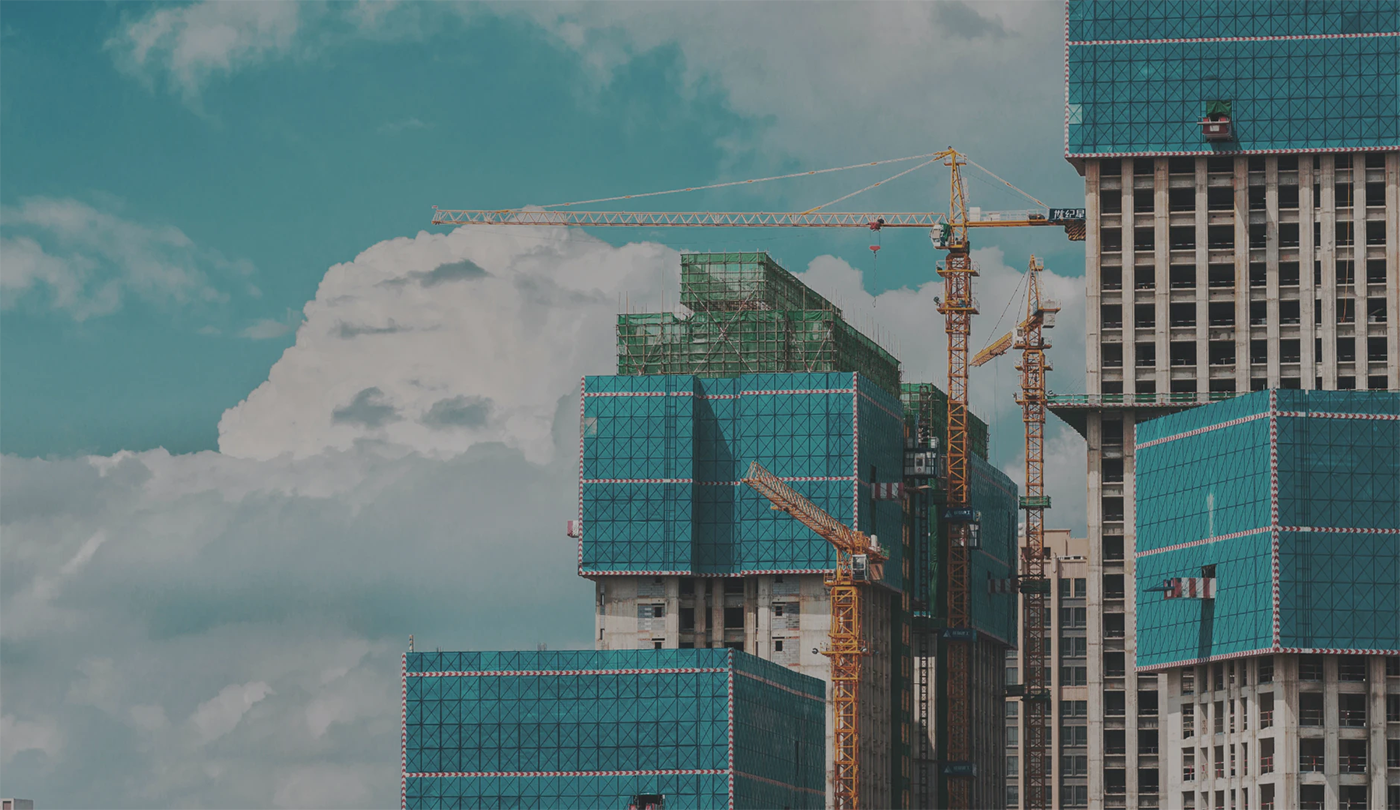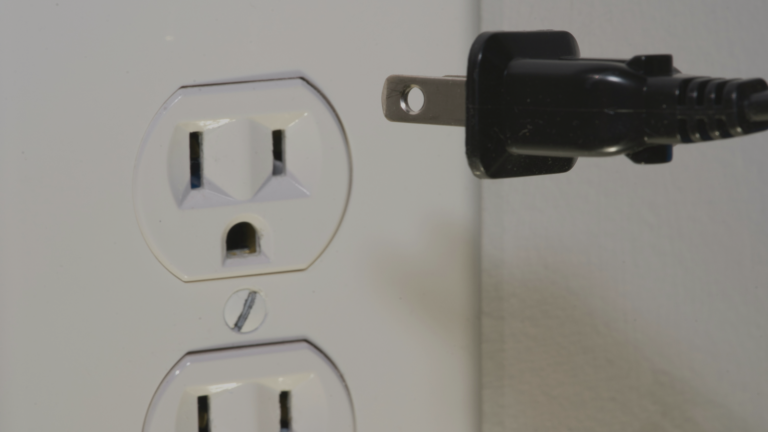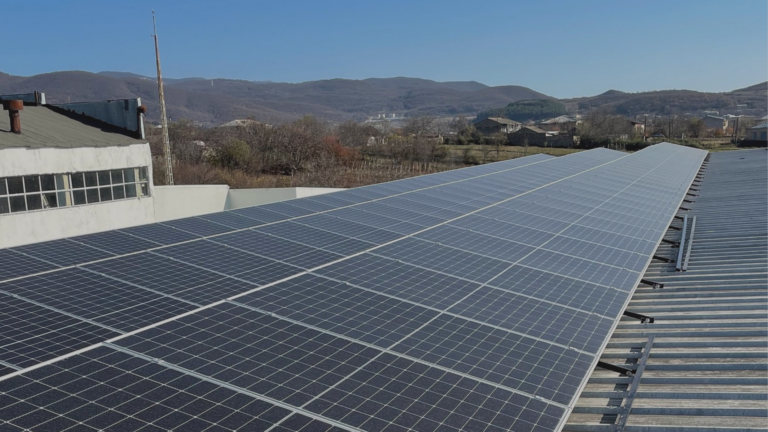How Real-Time Data Turns Peak Shaving into Continuous Energy Optimization
- Topics :
- Building Performance Standards
Designing Buildings for a High-Demand Energy Future
Published August 15, 2025

With global electricity demand forecasted by the International Energy Agency to grow robustly through 2026 despite economic headwinds, the construction industry faces a critical turning point. Both new and existing buildings will be at the heart of how societies manage rising energy needs. To meet this challenge, developers, architects, and engineers must focus on designing structures that are resilient, energy-smart, and adaptable to an evolving grid. For the existing building stock, retrofitting is essential: upgrading insulation, replacing inefficient systems, and integrating modern energy management tools can dramatically improve performance and extend building life. The demand surge is not simply a challenge but an invitation to rethink the fundamentals of how we design, power, and operate our built environment.
Energy demand trends and their impact on buildings
The IEA projects that global electricity demand will rise by roughly 3% annually between 2023 and 2026, driven largely by electrification in transport, industry, and heating, alongside population growth and urbanization. The majority of this growth will come from emerging economies, with particularly strong increases projected in rapidly developing regions, while advanced economies focus on decarbonizing their power supply. For the construction sector, this means future buildings must be designed to handle increased cooling loads in warmer climates, expanded heating requirements in colder regions, and the integration of electric vehicle (EV) charging facilities. The volatility of energy markets, witnessed during recent geopolitical tensions, further underscores the importance of energy efficiency, retrofitting existing structures, and demand management in building operations.

Designing for energy efficiency and resilience
Meeting this challenge requires a layered approach. Passive design strategies such as superior insulation, high-performance glazing, natural ventilation, and strategic shading reduce the baseline energy demand. These are complemented by high-efficiency mechanical systems: advanced HVAC technologies, variable refrigerant flow systems, and LED lighting coupled with daylight sensors. Smart building technologies take efficiency further by monitoring and adjusting consumption in real time. Demand response systems allow buildings to shift non-critical loads away from peak demand periods, reducing both costs and strain on the grid. For older buildings, retrofitting with these systems can bring them close to modern efficiency standards without full redevelopment. Flexibility is essential; building envelopes and systems must be adaptable to evolving energy regulations, climate conditions, and occupant needs.
The U.S. Environmental Protection Agency provides practical benchmarks for retrofits, such as estimating that improving insulation and air sealing can reduce heating and cooling energy needs by 10–20%, offering a clear guide for prioritizing cost-effective measures. Insights from the World Economic Forum indicate that deep retrofits have the potential to cut a building’s operational carbon emissions by as much as 40% and reduce total energy use by up to 60%. In addition to the emissions and energy savings, the WEF notes that such projects improve occupant comfort, health, and productivity, making them a strategic priority in climate action plans.
Integrating on-site renewable energy and storage
One of the most effective ways to future-proof buildings is to generate and store energy on-site. Rooftop solar installations, building-integrated photovoltaics (BIPV), and even small-scale wind turbines can significantly offset grid dependency. Pairing these with battery energy storage systems (BESS) enables peak shaving, backup power during outages, and participation in grid services. Microgrid-ready buildings can operate autonomously when the main grid is strained, a capability increasingly valued in both commercial and residential developments. Retrofitting existing roofs or facades to accommodate solar or BIPV can provide long-term operational savings and carbon reductions. Examples from markets like California and Japan show that net-zero energy buildings can remain operational even during prolonged blackouts, offering both resilience and operational savings.

The business case for future-ready buildings
Designing for a high-demand energy future involves more than environmental stewardship; it also delivers clear financial benefits. Over a building’s lifecycle, operational energy savings can offset higher upfront capital costs for efficient systems and on-site generation. Retrofitting older properties can unlock similar savings while extending asset value and reducing vacancy risk. Such buildings often command higher rents, attract sustainability-focused tenants, and achieve faster lease-up rates. They align with ESG reporting frameworks and green building certifications like LEED, BREEAM, and WELL, boosting investor confidence and market competitiveness. According to the Green Alliance, deep energy retrofits can cut energy use by 60–80%, offering significant operational savings and a compelling return on investment when paired with available incentives.
Conclusion: Building for the next energy era
The surge in global electricity demand represents both a warning and an opportunity for the construction sector. By embedding efficiency, resilience, and adaptability into design and operation, whether through new builds or targeted retrofits, the industry can play a decisive role in balancing the world’s energy needs with climate goals. This requires a collaborative effort with architects, engineers, developers, and policymakers to create buildings that are compliant and exemplary. In the decades ahead, the most valuable buildings will be those that can thrive in a high-demand, low-carbon energy future.
Reference









